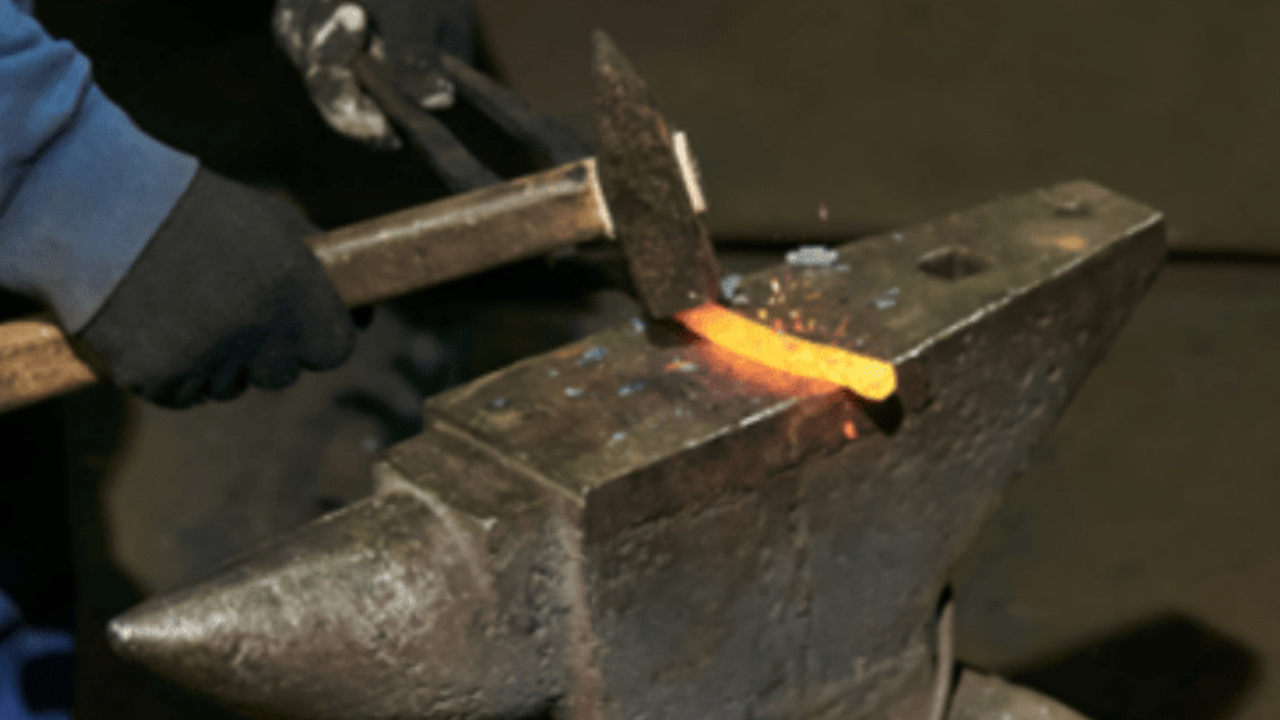Cold-forging aluminum is an innovative manufacturing technology that eliminates the need for high-temperature heating in the shaping of aluminum alloys. Cold forging, as opposed to typical hot forging, manipulates aluminum at or near room temperature, offering substantial advantages in terms of material characteristics and energy economy.
Aluminum billets are subjected to high-pressure deformation within specialized dies in this procedure, resulting in components with greater strength, improved surface polish, and accurate geometries. The advantage of cold-forging aluminum is the increased mechanical characteristics obtained without the negative consequences of elevated temperatures.
This approach saves energy, lowers material waste, and enables the manufacturing of complicated parts with tight tolerances. For detailed information, go url of the CXIN. Cold forging, as a versatile method, finds applications in a wide range of industries, particularly automotive and electronics, where the necessity for high-strength, precisely manufactured aluminum components is critical.
Overcoming Challenges in Cold Forging Aluminum
Cold-forging aluminum is a sophisticated manufacturing method that provides several advantages, including improved material characteristics and increased precision. However, this precision forging technology has its own set of obstacles. In this in-depth article, we will look at the obstacles encountered during aluminum cold forging and the tactics used to overcome them, assuring the successful manufacturing of high-quality, precision-engineered components.
Work Hardening and Material Behavior
One of the most difficult aspects of cold forging aluminum is the material’s tendency to work hard during deformation. The hardness of the metal rises with plastic deformation, affecting its formability. A critical challenge is striking a precise balance between achieving sufficient deformation and minimizing work hardening. Controlling billet temperature precisely to improve material plasticity.
Die Wear and Maintenance
Cold forging’s high pressures add to wear on the forging, which dies over time. Die wear can cause dimensional inaccuracy, poor surface smoothness, and an increase in the likelihood of faults in forged components. Regular maintenance and monitoring are critical for mitigating die wear and maintaining consistent production quality. Wear-resistant die materials are being used. Scheduled die maintenance, such as polishing and reconditioning, to extend die life.
Surface Finish and Appearance
In many applications of cold-forged aluminum components, maintaining a great surface polish is critical. However, the forging process can result in surface defects. To achieve the appropriate surface finish, further post-forging procedures may be required, necessitating a careful balance between material flow and surface quality. Implementation of efficient lubricating systems to reduce surface flaws.
Dimensional Accuracy and Tolerance Control
Tight dimensional tolerances are a crucial requirement in many sectors that use cold-forged aluminum components. The complex interaction of factors such as material qualities, die design, and process parameters makes achieving and maintaining accurate dimensional accuracy throughout manufacturing difficult. To control part geometry and minimize variances, advanced die design, and tooling are used.
Brittle Fracture and Crack Formation
Aluminum alloys are brittle in certain situations, particularly when subjected to fast deformation or poor lubrication. Cracks that occur during cold forging can undermine the structural integrity of components, leading to rejection. Implementation of efficient lubricating systems to reduce friction and fracture formation. Controlled forging speed and pressure to reduce the possibility of a brittle fracture.
Material Selection and Alloy Considerations
In cold forging, selecting a suitable aluminum alloy is crucial. The formability, strength, and work-hardening behavior of different alloys vary. To obtain the necessary balance of material qualities for the particular use, the appropriate alloy must be selected. A comprehensive investigation of alloy properties, taking workability and strength into account. Cooperation with material suppliers to customize alloy composition for specific forging applications.
Cost Considerations
While cold forging has several advantages, the initial setup and tooling expenses might be significant. The benefits of cold forging must be balanced against the expenses, which are especially important for small-scale production or specialized components. A thorough cost-benefit analysis must be performed to justify the use of cold forging in specific applications. Working with equipment vendors to reduce tooling and setup costs.
Summary
While cold-forging aluminum has inherent limitations, producers have developed strategies and procedures to overcome these obstacles. The industry has been able to utilize the benefits of cold forging while resolving the complications involved because of a combination of superior materials and research. As technology and expertise advance, overcoming these issues becomes increasingly important in realizing the full potential of cold-forging aluminum in creating high-quality, precision-engineered components for a wide range of applications.
